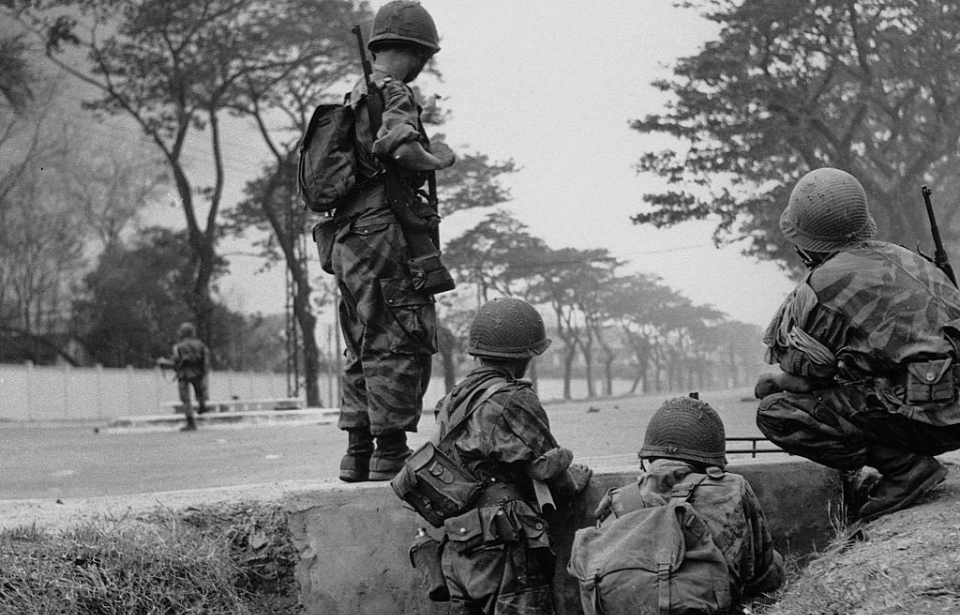In terms of military history, the 20th century was marked by historic conflicts such as the First and Second World Wars, as well as Korea and Vietnam. Over the span of 1900 to 2000, these conflicts led to the loss of well over 100 million lives. Apart from these well-known battles, many smaller-scale, regional conflicts further added to this immense death toll.
Here, we aim to spotlight six lesser-known conflicts from the 20th century that deserve more recognition.
Russo-Japanese War (1904-05)
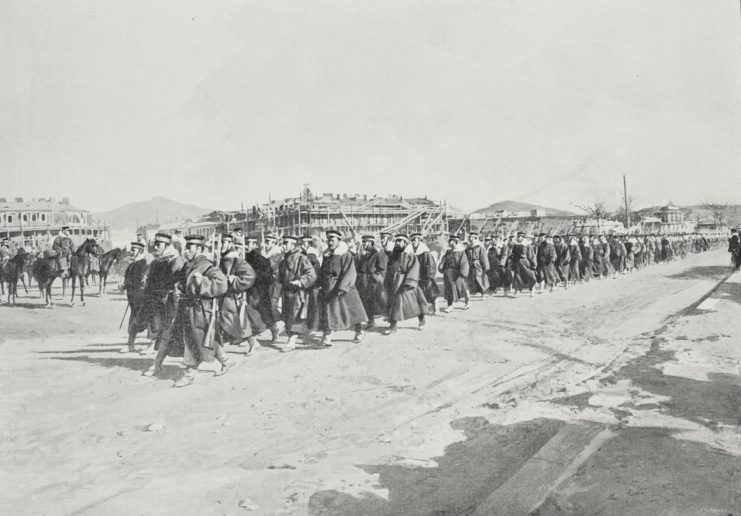
The Russo-Japanese War (1904-05) pitted the Empires of Japan and Russia against each other, with the former threatened by Russia’s ambitions to expand its influence into Asia. Despite attempts at peace talks, no agreements were reached.
Tensions escalated, leading the Imperial Japanese Navy (IJN) to launch a surprise attack against the Russian Eastern Fleet at Port Arthur, China, after diplomatic efforts failed. While no clear victor emerged, the engagement dealt a big blow to Russia’s morale and confidence in its military superiority over Japan.
Following a series of defeats, Russia retreated into Manchuria, pursued by the Japanese. Despite suffering a higher number of casualties, Japan secured a decisive victory. The war concluded with the signing of the Treaty of Portsmouth in September 1905, mediated by US President Theodore “Teddy” Roosevelt.
First Congo War (1996-97)
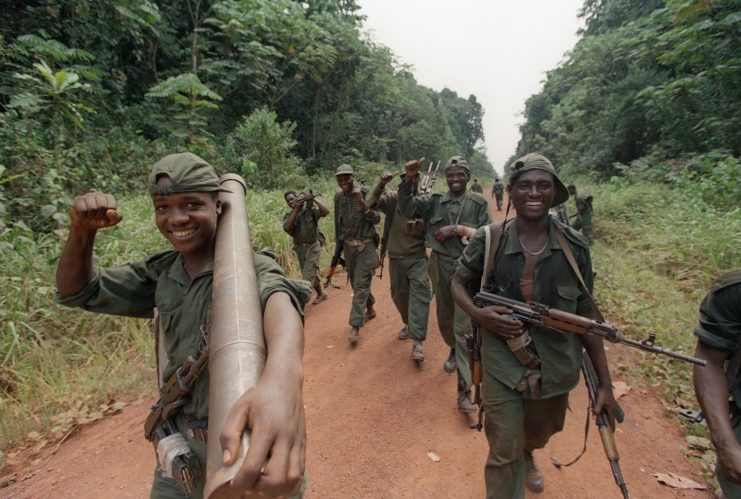
The most recent conflict on this list is the First Congo War (1996-97), mainly occurring within the Republic of Zaire in Central Africa, now known as the Democratic Republic of the Congo.
During this period, Zaire grappled with the aftermath of prolonged dictatorship and economic turmoil, leading to internal strife and eventual civil war. Amidst this turmoil, Rwanda invaded, along with more African nations. Despite attempts by Zairean forces to resist, they were overwhelmed, leading to the establishment of a new government.
Although the duration of the conflict was brief, lasting only six months, its toll was substantial, with 222,000 refugees listed as missing.
Winter War (1939-40)
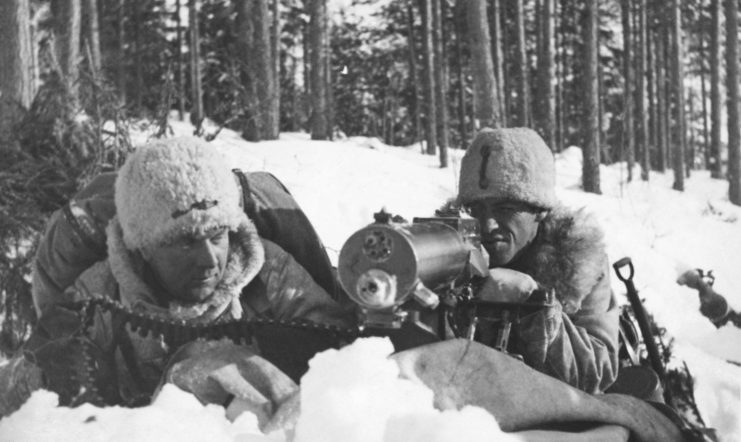
The Winter War (1939-40) was fought between the Soviet Union and Finland in the opening months the Second World War. The conflict only lasted just over three months, but it had far-reaching implications on the larger war in Europe.
The conflict began after Finland refused to hand over land to the Soviets, who’d claimed it was needed to safely defend Leningrad. Upon the former’s refusal, the latter invaded. However, as its forces would soon discovered, Finland was an incredibly tough opponent. The USSR had a numerical advantage in almost every single way, but the Finns used a combination of superior tactics and their familiarity with the environment to overcome the Soviet troops.
Initially, Finland repelled the enemy, but, toward the end of the winter of 1939-40, which they’d used to their advantage, the Soviets reorganized with renewed tactics. As a result, they were able to force the signing of a peace treaty.
The nation’s valiant and unexpected resistance against the USSR increased Finland’s international reputation, and the Soviets later used tactics learned from the Finns against the Germans..
First Indochina War (1946-54)
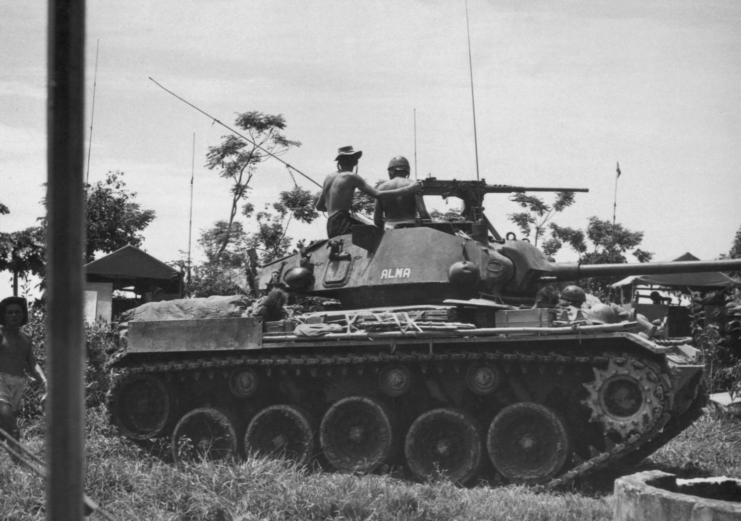
The First Indochina War (1946-54) set the groundwork for the Vietnam War. During the conflict, the French forces battled the Việt Minh, but were eventually defeated.
Vietnam had been a French colony until 1940, when Japan occupied the country. When the Japanese surrendered in mid-1945, Vietnam experienced a power vacuum, which was quickly filled by Ho Chi Minh. His Communist allegiances resulted in France attempting to re-establish control over the country.
In 1946, negotiations between France and the Việt Minh government broke down and the two clashed. The conflict ended in 1954, shortly after France’s crippling defeat at Điện Biên Phủ. After the war, Vietnam was split in two, with the Democratic Republic of Vietnam in the north and the Republic of Vietnam in the south.
Chaco War (1932-35)
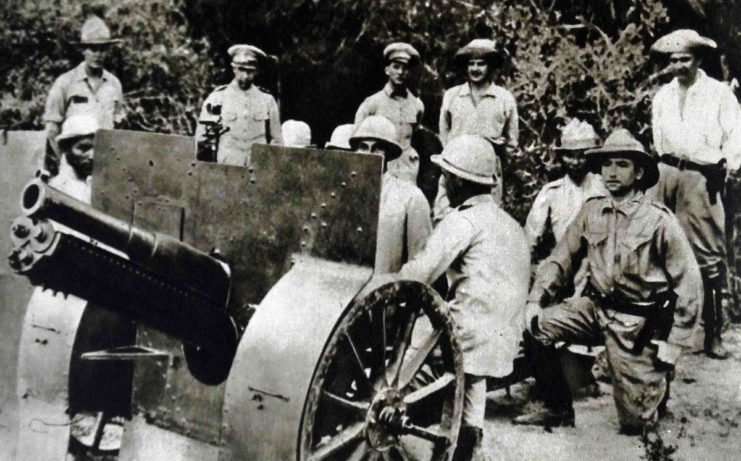
The Chaco War (1932-35) was fought between Bolivia and Paraguay. The two South American nations battled for control over an area of Gran Chaco – split between northern Argentina, eastern Bolivia and western Paraguay – after oil was discovered. After this, Bolivia became interested in extracting oil from the region and accessing the Paraguay River, which led to the Atlantic Ocean.
Paraguay had already lost vast amounts of territory in the late 1800s, and, unwilling to lose more, fought hard throughout the conflict. Bolivia was better equipped, but poor morale and a lack of motivation among soldiers meant Paraguay had the upper hand; the entire country gathered to aid in the war effort.
Both sides didn’t possess their own armaments industries and relied on foreign shipments to arm their troops. In addition, they were both severely affected by a lack of supplies and any substantial communication networks. Despite this, Paraguay came out victorious.
Sino-Indian War (1962)
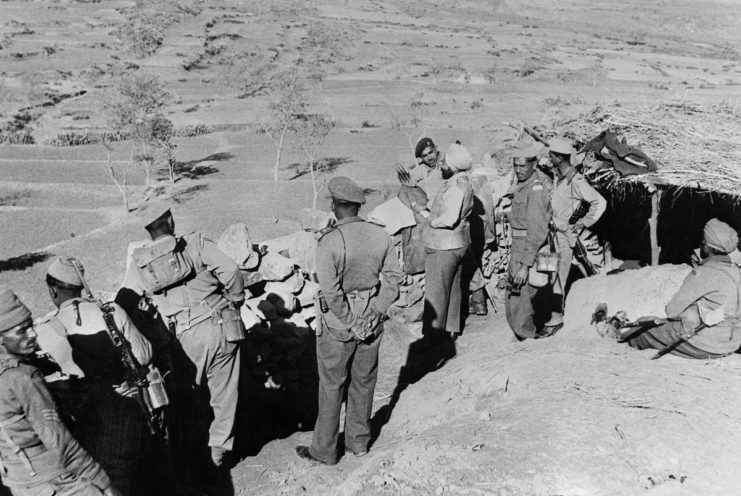
On October 20, 1962, the Chinese forces crossed a large section of a disputed border area with India in the Himalayas, prompting a war between the two nations. The conflict, known as the Sino-Indian War, lasted just a single month and one day, and occurred in brutal conditions, high up in the Himalayas.
Chinese troops outclassed India’s less numerous forces, forcing the latter to make a number of retreats. The former announced a ceasefire at midnight on November 21, ending the war, and pulled back troops to the country’s “Line of Actual Control.”
More from us: Five Bloodless War That Have Been Fought Throughout History
The conflict showed India that changes were sorely needed if it wanted a more capable military, resulting in the country’s armed forces doubling its manpower over the next two years.
